Freisa
Not everyone knows that, before the Nebbiolo boom, freisa was considered the "great red" of lower Piedmont, especially in some areas, such as Monferrato. And in fact, for youthful roughness, tannicity and taste-olfactory expressiveness, the freisa expresses this kind of potential. History, then, took another path: Nebbiolo revealed all its character in the long run, and Barbera, like dolcetto to a certain extent, took over as a grape of secondary importance. Despite this, freisa is still a very common grape variety in Piedmont, from Monferrato to the Langhe to the Canavese and the Chieri area, considered the classic one. Today's interpretation of freisa is that of a young, vinous and fruity red wine, not infrequently sparkling; it is rarer as an important still red wine, even if it is made with some mere ageing ambitions. It is still, as per tradition, vinified in blends with other red berry varieties, especially in the Monferrato area.
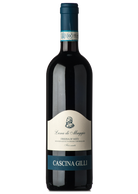
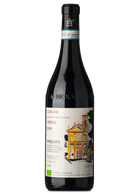
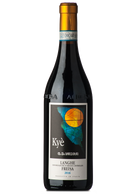
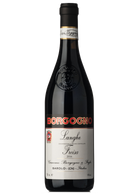
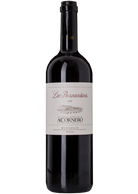
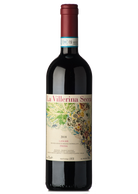

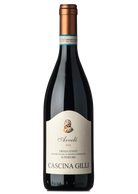
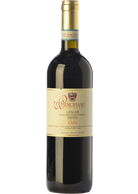
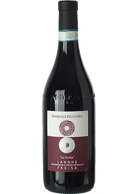
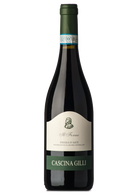
Freisa
Not everyone knows that, before the Nebbiolo boom, freisa was considered the "great red" of lower Piedmont, especially in some areas, such as Monferrato. And in fact, for youthful roughness, tannicity and taste-olfactory expressiveness, the freisa expresses this kind of potential. History, then, took another path: Nebbiolo revealed all its character in the long run, and Barbera, like dolcetto to a certain extent, took over as a grape of secondary importance. Despite this, freisa is still a very common grape variety in Piedmont, from Monferrato to the Langhe to the Canavese and the Chieri area, considered the classic one. Today's interpretation of freisa is that of a young, vinous and fruity red wine, not infrequently sparkling; it is rarer as an important still red wine, even if it is made with some mere ageing ambitions. It is still, as per tradition, vinified in blends with other red berry varieties, especially in the Monferrato area.